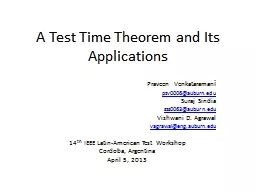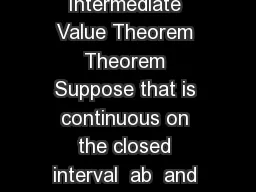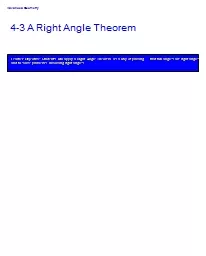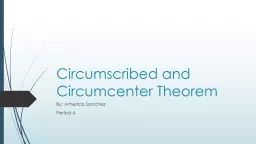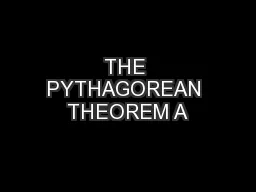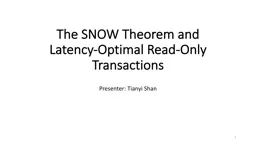PPT-A Test Time Theorem
Author : luanne-stotts | Published Date : 2015-12-06
a nd Its Applications Praveen Venkataraman i pzv0006auburnedu Suraj Sindia szs0063auburnedu Vishwani D Agrawal vagrawalengauburnedu 14 th IEEE LatinAmerican Test
Presentation Embed Code
Download Presentation
Download Presentation The PPT/PDF document "A Test Time Theorem" is the property of its rightful owner. Permission is granted to download and print the materials on this website for personal, non-commercial use only, and to display it on your personal computer provided you do not modify the materials and that you retain all copyright notices contained in the materials. By downloading content from our website, you accept the terms of this agreement.
A Test Time Theorem: Transcript
Download Rules Of Document
"A Test Time Theorem"The content belongs to its owner. You may download and print it for personal use, without modification, and keep all copyright notices. By downloading, you agree to these terms.
Related Documents

